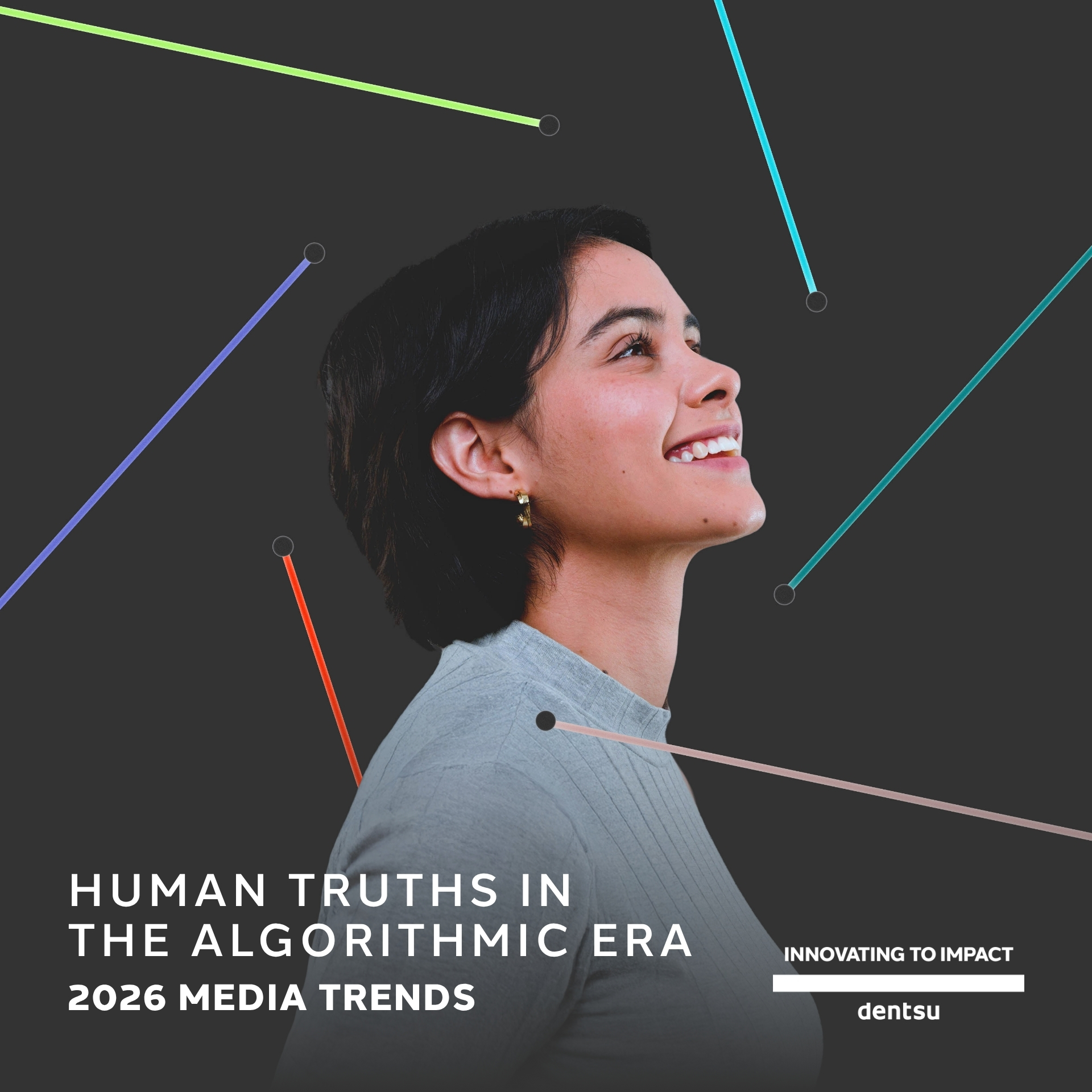Search is undergoing a profound transformation as artificial intelligence permeates our screens and devices. In 2026, brands will need to rapidly evolve their search strategies to keep pace with consumers.
In recent years, many platforms have challenged Google’s dominance of the search landscape, from social platforms like TikTok where people spend their time, to retail platforms like Amazon where people spend their money, to assistants like ChatGPT that have introduced an entirely new way of interacting with information.
While nearly three decades of search muscle memory won’t disappear overnight, marketers must now look beyond traditional paid search and search engine optimization to adapt to these new, growing search behaviors.
Search experience optimization enters the stage
Search is expanding both horizontally across platforms and vertically throughout the marketing funnel. The rise of longer, more nuanced queries signals a shift in intent, no longer limited to transactional motives but becoming increasingly emotional, early stage, and context driven. The key question for brands is now how will their content appear and rank in all these moments, regardless of how consumers search.
To answer this, marketers must identify the new front doors that customers use to discover their brand, and assess their current visibility across each. For example, on assistants powered by Large Language Models (LLMs) such as Gemini, marketers can evaluate their brand’s share of voice, sentiment, and portrayal. From there, they can develop a coordinated approach to manage content and media across both general search engines (GSEs) and specialized vertical providers (SVPs).
This approach requires a holistic view of the user journey. It involves bringing together traditional search engine optimization with LLM optimization, social search optimization, retail search optimization and mobile app optimization. Together, these disciplines form the foundation of search experience optimization, which is becoming the new gold standard for enhancing discoverability across search touchpoints.
Content and data fuel search success
Despite the rise of zero-click searches resulting from generative responses, content on brand websites remains critical. Landing pages signal to assistants and search engines that the content is authoritative, valuable, and trusted. They also power new paid search formats such as Google’s AI Max, which dynamically generates search ads. It also means that marketers must make sure that all their content, including visuals, can be successfully parsed by LLMs. Staying ahead of the curve in optimizing for these types of zero-click search results and LLM-based search experiences will ensure that brands are still visible to their target audiences while direct site traffic declines.
Data increasingly acts as a true differentiator, as well. As traditional targeting options diminish, first-party data becomes essential for gaining ad exposure over competitors. Structured data also plays a key role in helping LLMs process information. For example, a retailer may use three distinct product feeds to optimize search presence: one for organic listings, one for paid promotions, and a new LLM feed enriched with FAQs, reviews and more.
What’s next?
Search’s form factor is poised for dramatic change. Visual and voice search will overcome lingering limitations thanks to AI advancements. Innovation in web browsers is making a comeback (e.g., Perplexity’s Comet) and could create new default search preferences. Entirely new interfaces are also on the horizon, with platforms like OpenAI developing next-generation devices.
This is the first of ten trends discussed in dentsu’s Human Truths in the Algorithmic Era | 2026 Media Trends report.
Get your copy here to see all ten trends.

